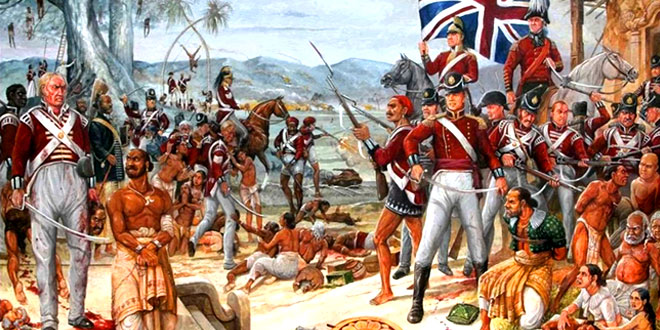Question: “Industrialization was a mixed blessing”. Explain by giving examples.
Answer:
- Cheap goods: The machine made goods were cheap and fine. So people of colonies could purchase cheap, fine and a variety of goods.
- New entrepreneurs: The process of industrialization provided an opportunity to Indian entrepreneurs to factories. Though they were junior players, but they earned a good amount.
- Growth of industrial sector: Before the arrival of outsiders, most of the people were involved in agriculture, but the process of industrialization provided them opportunity to work in other fields.
(i). Life of the workers: The process of industrialization brought with it miseries for the newly emerged class of industrial workers.
(ii). More workers than the demand: There was an abundance of workers in the market than the demand This had an adverse impact on the lives of the workers. Due to the shortage of work, most of the workers failed to get jobs So they offered their services at lower wages.
(iii). Seasonality of work: Seasonality of work any industries meant prolonged periods without work. After the busy season was over, the poor were on the streets again. Some returned to the countryside after the winter, when the demand for labour in the rural areas opened up in places. But most looked for odd jobs, which till the mid-nineteenth century were difficult to find.
(iv). Low real wages: Though the wages increased somewhat in the early 19th century, but the increase was nullified by increase in prices. During the Napoleonic war, the red wages fell significantly.
(v). Poverty and unemployment: At the best of times, till the mid-nineteenth century, about 10 per cent of the urban population was extremely poor The unemployment rate was also very high.
(vi). Housing problem: Factory or workshop owners did not house live migrant workers. Many job seekers had to wait weeks, spending nights under bridges or night in shelters.
Impact on weavers: To have a direct control over the weavers, the company started the system of advances. Once an order was placed, the weavers were given loans to purchase the raw material, for their production. Those who took loans had to handover the cloth they produced to the Gomastha. They could not take it to any other trader. The system of advances proved very harmful for the weavers.
- The weavers lost any chance of bargaining.
- Most of the weavers had to lease out the land, and devote all their time to weaving. Weaving in fact, came to absorb the labour of the entire family.
- Impact on merchants and traders: The coming of machine-made clothes to India had some serious implications on the merchants on the Indian economy:
(i). Collapse In the export market: Before the industrialization, the Indian traders were exporting their products to different countries of the world. But with the entry of machine-made cloth, they lost their world market.
(ii). Shrinking of the local market: The machine-made clothes were finer and cheaper. So the producers failed to compete with them. So along with the world market, they started losing the home market also.
Question: Explain the role of Indian merchants and bankers in the network of export trade.
Or
What role did the Indian merchants play in the growth of textile industries before 1750? Explain any three points.
Answer:
- From the late eighteenth century, the British in India began exporting opium to China and took tea from China to England.
- Many Indians became junior players in this trade, providing finance, procuring supplies, and shipping consignments.
- Having earned through trade, some of these businessmen had visions of developing industrial enterprises in India
- Some merchants from Madras traded Burma while others had links with the Middle East and East Africa. There were yet other commercial groups, but they were not directly involved in external trade. They operated within India, carving goods from one place to another, banking money, transferring funds between cities, and financing traders.
Question: Give reasons why the handloom weavers in India survived the onslaught of the machine made textiles of Manchester?
Or
How did small scale industries survive in India despite of Industrialization?
Answer:
- Many started adopting new technology without excessively pushing up costs. By the second decade of the 20th century most of the weavers were using looms with a fly shuttle.
- The new technology increased productivity per worker, speeded up production and reduced labour demand.
- Some weavers who wove fine varieties managed to survive as the machine made products failed to attract rich and nobles. There were many weavers who were producing specialized products like Banarasi or Baluchari saris, lungis. and handkerchiefs.
- Swadeshi movement launched by Indian nationalist provided a boost to handloom demand.
 Class Notes NCERT Solutions for CBSE Students
Class Notes NCERT Solutions for CBSE Students





